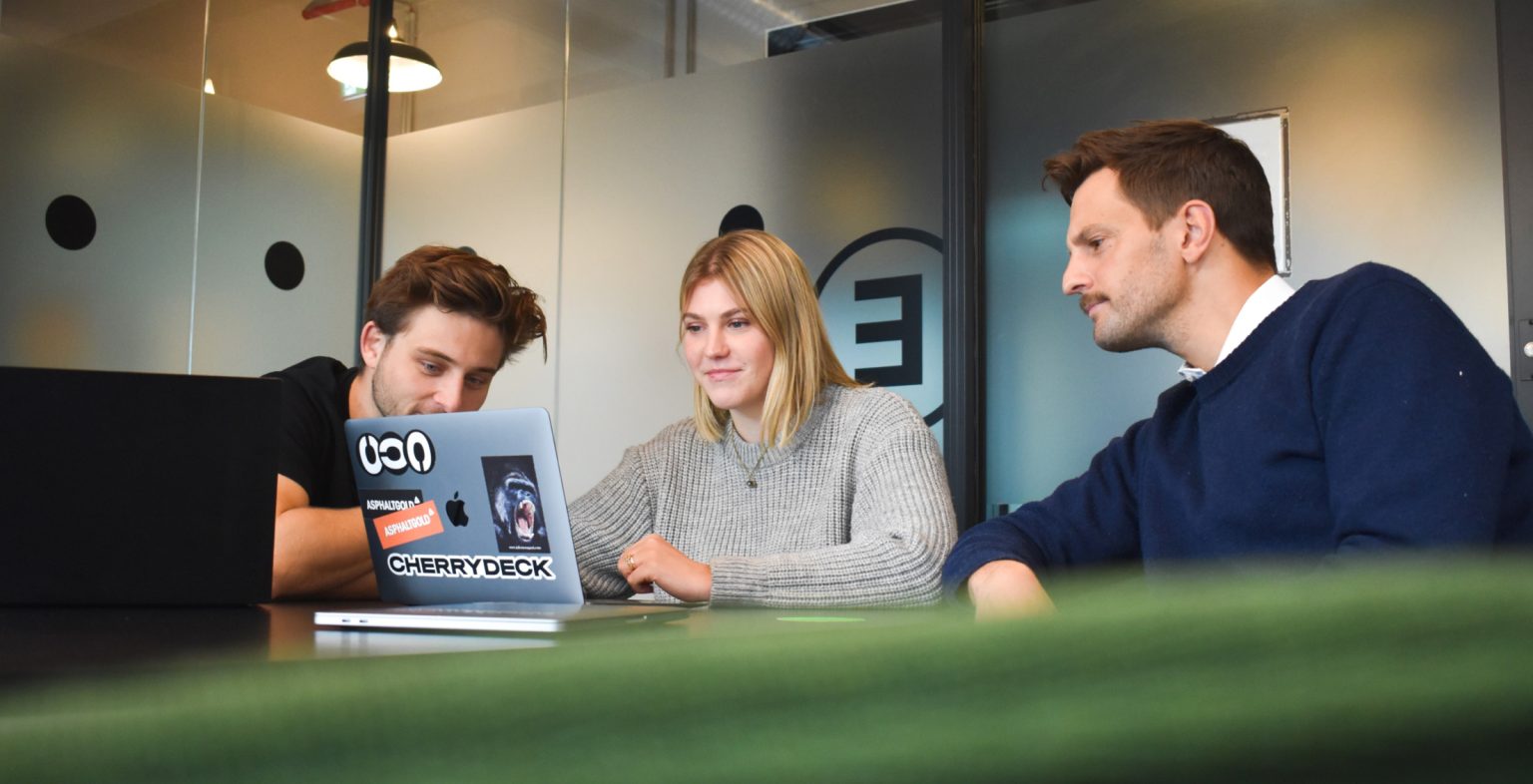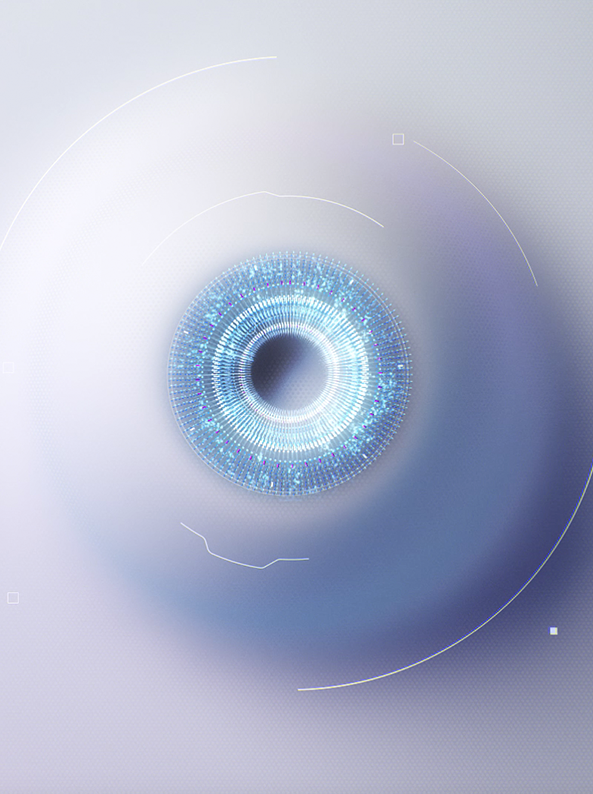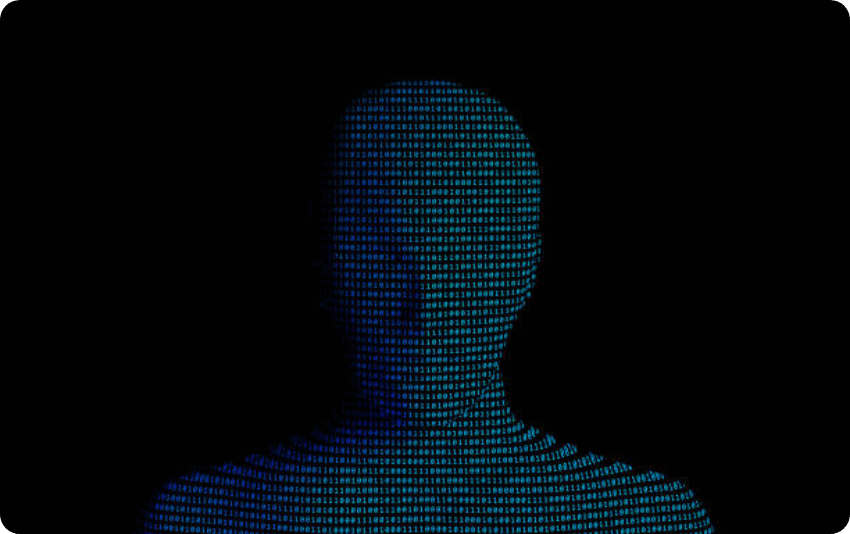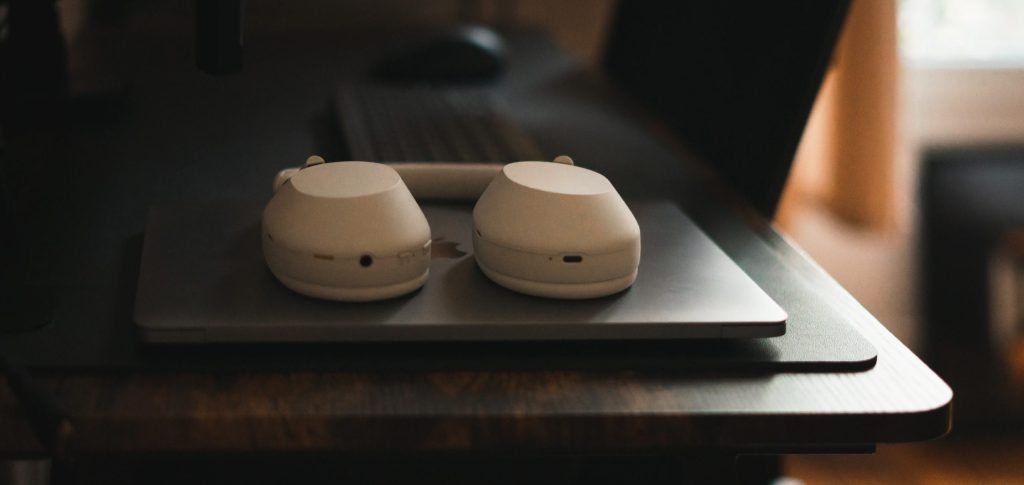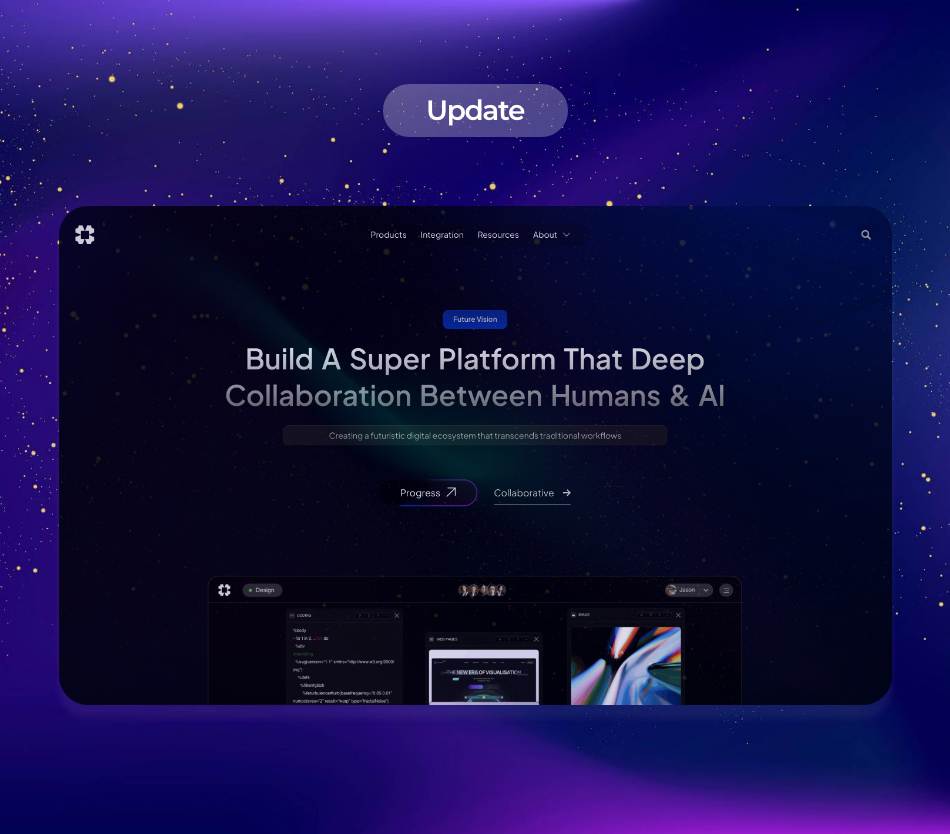Self-healing operating systems (OS) and AI-driven security are revolutionizing the digital landscape, enhancing both performance and security for users around the globe. In a world increasingly dependent on technology, the importance of resilient systems cannot be overstated. As industries evolve, the demand for OS that not only manage tasks efficiently but also anticipate and mitigate risks is becoming paramount. This article delves into the advancements in self-healing operating systems, AI-based security, and the emerging trend of personalized user interfaces in AI-driven operating systems (AIOS).
.One of the most significant innovations in operating systems is the concept of self-healing capabilities. A self-healing OS is designed to automatically detect, diagnose, and repair faults, thereby minimizing downtime. Such systems monitor their internal environments, identifying anomalies and problems in real-time. The process usually involves machine learning algorithms that analyze patterns of behavior, ensuring that the system can respond effectively and autonomously. For instance, if an application crashes due to conflicting updates, a self-healing OS can recognize the issue and resolve it without external intervention.
.Companies like Microsoft and Google have invested heavily in self-healing technology. Microsoft’s Azure cloud platform integrates a self-healing mechanism that optimizes resource allocation and instantaneously allocates more capacity when needed. This not only enhances performance but drastically reduces the need for manual oversight, allowing for a seamless user experience. As industries become more reliant on continuous operations, the ability to automate fault recovery is becoming a critical factor in IT infrastructure design.
.Another essential component of modern operating systems is security. The rise of cyber threats has prompted the development of AI-based operating system security measures. Unlike traditional security protocols that rely on predefined patterns to detect threats, AI-based security evolves dynamically based on real-time data analytics and learning algorithms. By leveraging machine learning, AI security systems can identify unusual behavior indicative of a potential breach, responding to threats faster than human intervention can.
.A notable example of this approach is the integration of AI in endpoint security solutions, where the system continually learns from network traffic and user behavior. If a strange pattern emerges, such as an employee accessing sensitive files at unusual times, the AI can flag this for investigation. Solutions like CrowdStrike’s Falcon platform utilize such insights, employing machine learning algorithms to prevent breaches before they can escalate.
.As we delve deeper into the domain of AI-driven operating systems, another exciting trend is the rise of personalized user interfaces. AIOS aims to adapt its interface based on the user’s preferences, habits, and needs, providing a more tailored experience. This trend stems from the growing recognition that a one-size-fits-all approach does not cater to the individuality of users. By employing machine learning, these systems analyze user behavior to modify the UI to enhance usability and productivity.
.Personalization features can include everything from arranging application icons based on usage frequency to suggesting tools that align with project deadlines. For example, consider an AIOS that recognizes a user consistently uses design software on Mondays and project management tools on Wednesdays. By observing this pattern, the OS could automate the setup process for each day and present relevant tools at optimal times. This level of customization not only improves user satisfaction but also boosts efficiency and ensures that technology adapts to human behavior rather than the other way around.
.Several companies are already pushing the envelope with personalized UIs in their AIOS offerings. Apple, for example, has integrated significant personalization features in its operating system, including updates in iOS designed to customize the user experience based on individual interactions. Similarly, Google’s Android Q has introduced a more robust mechanism for personalizing UI elements like notifications and widget arrangements based on user habits. These advancements indicate a paradigm shift toward more intuitive computing experiences, where the OS is no longer a mere tool but a companion that understands and responds to user needs.
.Technical insights into these systems reveal that the underlying architecture is pivotal for the successful implementation of self-healing and AI-based security features. Most modern operating systems employ microservices architecture, which allows components to operate as independent units with clearly defined communication pathways. This design not only fosters modularity, making it easier to implement self-healing capabilities, but it also enhances security as each microservice can operate under unique security protocols.
.Furthermore, the incorporation of containers and orchestration tools like Kubernetes has immensely aided the development of robust self-healing systems. Containers encapsulate applications along with their dependencies, creating a reliable operating environment. When a fault occurs, orchestration tools can automatically spin up new instances of containers to restore the service, ensuring minimal disruption to users.
.As the conversations around self-healing operating systems, AI-based security, and personalized interfaces continue, it is also essential to address the ethical implications of these technologies. With AI and machine learning deeply integrated into OS functions, questions about data privacy, transparency, and algorithmic bias have emerged. It’s vital for developers and researchers alike to establish guidelines and frameworks to govern the responsible use of AI in OS security and personalization features, ensuring that the systems remain fair, secure, and compliant with regulations.
.Finally, the practical applications of these technologies are vast and varied, with use cases transcending various industries. In healthcare, self-healing OS can maintain critical systems that monitor patient data in real time, instantly addressing issues and preventing potential failures that could endanger lives. In the finance sector, AI-driven security can protect sensitive financial information by dynamically adapting as new threats emerge, while personalized interfaces can enhance user engagement with fintech apps.
.In education, AIOS that deliver personalized interfaces could revolutionize e-learning platforms, adjusting content delivery based on individual learning styles, thereby enhancing educational outcomes. Moreover, organizations can leverage self-healing capabilities in their IT infrastructure to ensure continuous operations despite unexpected incidents such as hardware failures or service disruptions.
**In Conclusion: The Promise of Tomorrow’s Operating Systems**
The continuous advancements in self-healing operating systems, AI-based security measures, and personalized user interfaces are reshaping our interaction with technology. As these technologies mature, they will not only enhance operations and security but also provide more personalized experiences that align with our individual needs. The future promises an exciting era of operating systems that are not merely tools but intelligent partners that work alongside us, revolutionizing the way we navigate the world of technology.
In embracing these trends, it becomes imperative that we prioritize ethical considerations and responsible development practices, laying the groundwork for a future that safeguards our digital lives while enhancing our experiences in unprecedented ways. The potential applications across various sectors highlight the widespread impact of these advancements, paving the way for innovations that could fundamentally change the landscape of computing as we know it.


